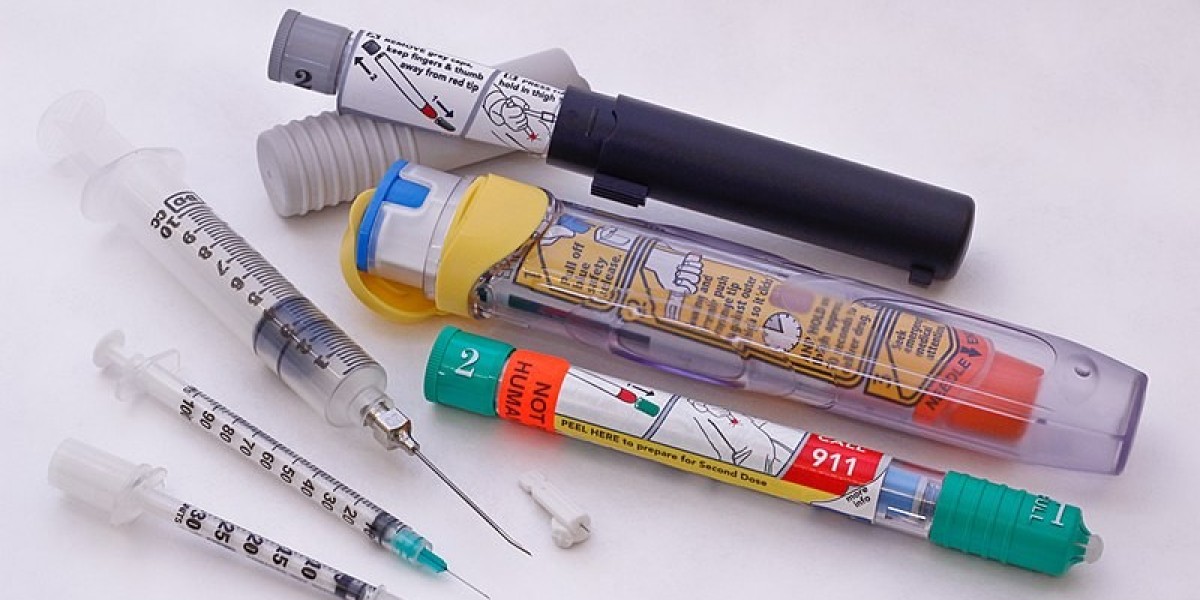Proper needle waste disposal is crucial in healthcare settings to ensure safety for both healthcare workers and patients, as well as to protect the community from potential hazards. Needle waste, often categorized as biohazardous waste, poses significant risks if not handled correctly. In this article, we will discuss best practices for safe needle waste disposal, emphasizing the importance of compliance with regulations and the implementation of effective procedures.
1. Understanding Needle Waste
Needle waste includes any sharp objects used in medical procedures, such as hypodermic needles, syringes, and scalpel blades. These items can transmit infectious diseases, including hepatitis and HIV, if mishandled. Therefore, it is essential for healthcare facilities to establish clear protocols for the disposal of needle waste to minimize risks.
2. Use of Approved Sharps Containers
One of the most critical aspects of safe needle waste disposal is the use of approved sharps containers. These containers are specifically designed to safely hold used needles and other sharp objects. When selecting a sharps container, ensure it meets regulatory standards, is puncture-resistant, and has a secure lid.
Containers should be easily accessible in areas where needles are used, such as treatment rooms and patient care areas. Proper labeling of containers is also important; they should be clearly marked as "Sharps Waste" to prevent misuse. When the container is three-quarters full, it should be sealed and disposed of according to local regulations.
3. Training Healthcare Staff
Training is essential to ensure that all healthcare staff understand the importance of proper needle waste disposal. Regular training sessions should cover the risks associated with needle waste, the proper use of sharps containers, and the protocols for handling and disposing of needle waste.
Healthcare facilities should provide ongoing education and resources to reinforce best practices. This includes refreshers on safety procedures and updates on any changes to regulations. Engaging staff in discussions about the importance of needle waste disposal can foster a culture of safety within the organization.
4. Developing Disposal Protocols
Establishing clear and comprehensive disposal protocols is key to effective needle waste management. These protocols should outline each step of the disposal process, including how to handle used needles, when to change sharps containers, and how to properly transport the waste to a disposal facility.
In addition, protocols should specify the procedures for handling any accidental needle sticks or exposure incidents. Providing staff with a clear plan of action in these situations can help mitigate risks and ensure proper reporting and follow-up.
5. Regular Audits and Compliance Checks
To ensure adherence to needle waste disposal practices, healthcare facilities should conduct regular audits and compliance checks. These assessments can identify areas for improvement and ensure that all protocols are being followed correctly.
Regular audits can include inspecting sharps containers for proper usage, evaluating staff adherence to disposal protocols, and reviewing incident reports related to needle waste. This proactive approach not only enhances safety but also reinforces the facility's commitment to compliance with local and federal regulations.
6. Community Engagement and Environmental Responsibility
Healthcare facilities also have a responsibility to engage with the community regarding needle waste disposal. Educating patients and the public about safe disposal practices can help reduce the risk of improperly discarded needles in public spaces.
Facilities should consider offering community resources, such as informational brochures or workshops, on safe needle disposal methods. Additionally, partnering with local waste management services can facilitate proper disposal of needle waste, ensuring that it is treated in an environmentally responsible manner. Safe needle waste disposal is a fundamental aspect of healthcare management that protects staff, patients, and the community. By implementing best practices such as using approved sharps containers, training staff, developing clear protocols, conducting regular audits, and engaging with the community, healthcare facilities can significantly reduce the risks associated with needle waste. Committing to these practices not only ensures regulatory compliance but also promotes a culture of safety and responsibility within the healthcare environment.

